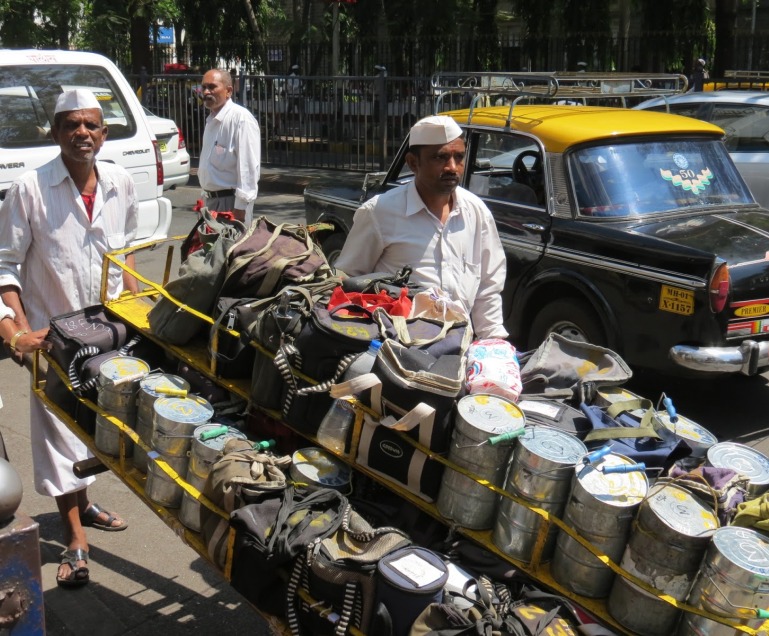
The concept of Entrepreneur has wide range of meanings. Joseph Schumpeter’s definition of entrepreneurship placed an emphasis on innovation. Innovation can be achieved in many ways. Nowadays, Research and Development (R&D) has garnered much attention for breakthrough innovations. Organizations believe investing more money into R&D directly correlates to better innovation. It makes sense that having access to capital and equipment yields good results. The problem with resource driven mindset is we tend to squander when things are plentiful.
We argue that the constraint of resources is the major setback for entrepreneurs to be innovative. But, resource constraints play a powerful role in determining new ways of thinking. When resources are scarce one is motivated to focus aggressively on creative solutions only. Would we get our creative juices flowing in a world where resources are limited?
There’s an interesting story from Uganda where Brother Helio Croce, an engineer, has been devising unique, low-cost ways to help save lives of babies in St. Mary's Hospital. Power outages across the region were causing wild fluctuations in temperature, killing many vulnerable babies. The premature babies couldn’t be kept warm in the incubation room. With few resources at his disposal, Brother Croce developed an innovative heating system that uses solar panels to heat water, which is then piped into the incubation room. He dismantled an old air conditioner and used the fan to gently blow the hot air from the pipes into the room. The only maintenance required is replacing the air filter every few months. Who would have thought old air conditioner coupled with solar panel could save thousands of lives? Brother Croce got his creative juice flowing. For more on the story of Brother Croce, visit http://www.unicef.org/infobycountry/uganda_54048.html
Dabbawalas of Mumbai have been innovative enough to get awarded with sigma-six certification by Forbes magazine in 2001 based on 99.999999 percent delivery accuracy rate. 5,000 Dabbawalas collect and deliver 200,000 boxes of freshly cooked meals in boxes from the homes to the workplace using only bicycles and various modes of public transportation every day. The most advance technology they use is website and mobile phones which allow customers to request deliveries in real time. With almost no modern technology or resources, Dabbawalas rank alongside the likes of GE and Motorola in terms of efficiency and quality of service.
These are the few of the many examples where resource constraints act as facilitator, rather than a barrier to, innovation. We see that how people have come up with innovative ways to find solutions with limited resources they have access to. As odd as it seems, scarcity of resource can spur innovation. Successful entrepreneurs rise up to the occasion and do more with less.
Here are few links related to this blog-http://theleanstartup.com/principles
http://jugaadinnovation.com